Running Georg Jensen is "like being the most beautiful girl at the party" says CEO David Chu
Danish metalware brand Georg Jensen has shaken off its "dusty" reputation and now has high-profile designers queuing up to collaborate on products, according to creative director and CEO David Chu (+ slideshow).
Chu took the reins of the 111-year-old luxury design company three years ago and immediately set about revamping its image.
"The last 15 or 20 years hadn't done a lot about reinventing the product or repositioning the brand," said Chu, whose largely fashion-focused background includes setting up clothing brand Nautica in 1983.
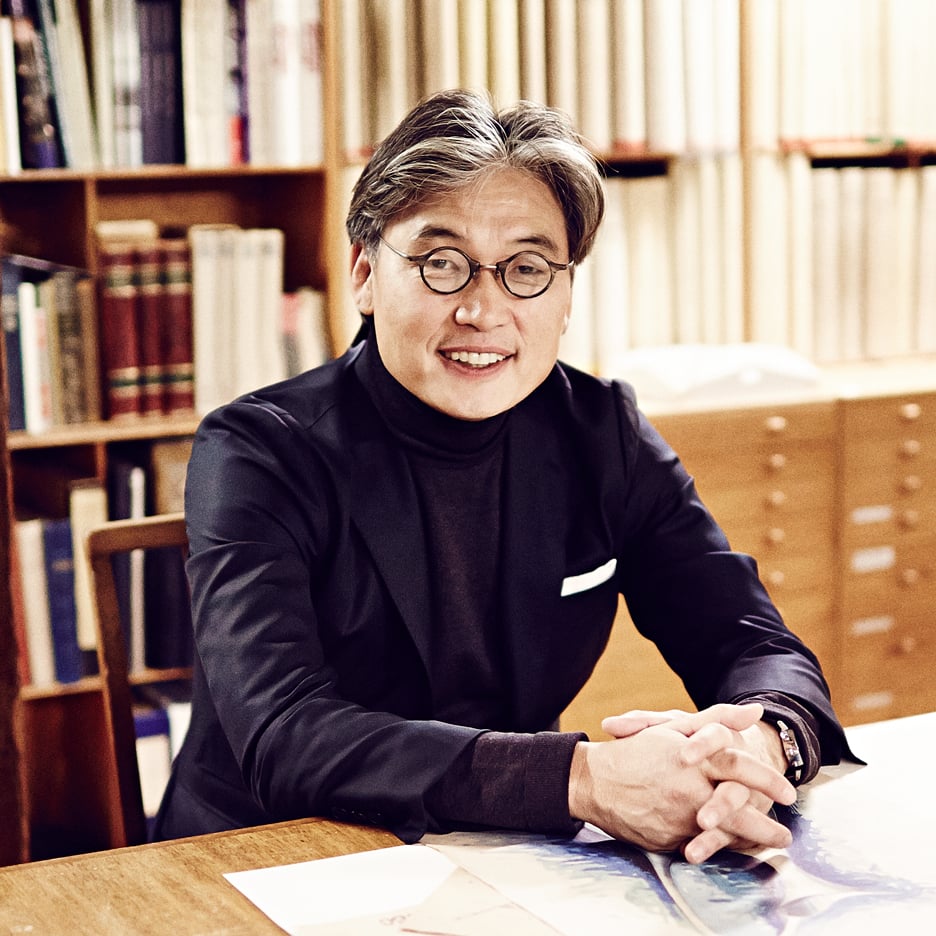
"Before I got involved with this company I talked to lots of designers who asked, 'what happened to the brand?'," he told Dezeen. "It was a little dusty."
In response, Chu has reinvigorated Georg Jensen's history of artistic partnerships. Since he joined, the brand has collaborated with names including Aldo Bakker, Scholten & Baijings, and Marc Newson – who designed a made-to-order silver and mammoth-tusk tea set. A partnership with a well-known architect will also be revealed next year.
"We are probably a designer's brand," said Chu. "It's a fantastic position to be in. It's like being the most beautiful girl at the party: you get the most choice."
Georg Jensen was founded in 1904 by a Danish silversmith of the same name, who became known for his use of decorative motifs derived from nature.
Jensen established the brand's history of creative partnerships with leading designers, starting with Danish painter and designer Johan Rohde.
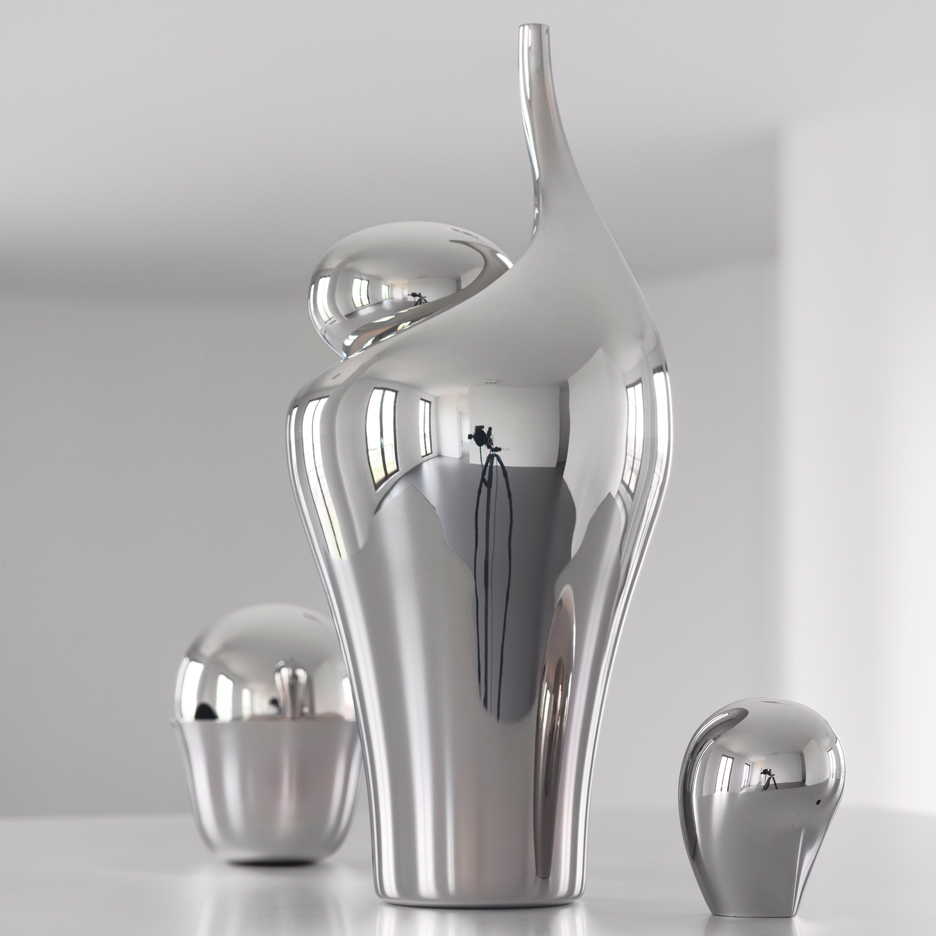
The company went on to collaborate with names including Harald Nielsen, Arne Jacobsen and Verner Panton. Much of Jensen's archive of products reflect changing design movements of the times, including Art Deco and Minimalism.
"I think what designers like about the brand is that they have an eye a little bit ahead of the times," said Chu.
The Taiwanese American designer studied fashion in New York before launching and selling Nautica, and setting up his own bespoke line of suits and sportswear collection LINCS by David Chu.
In 2012 he acquired Georg Jensen with Bahrain-based investment bank Investcorp for $140 million (£92 million).
"My goal is to restart the interest of the design community and then we'll trickle down to the average people," he told Dezeen.
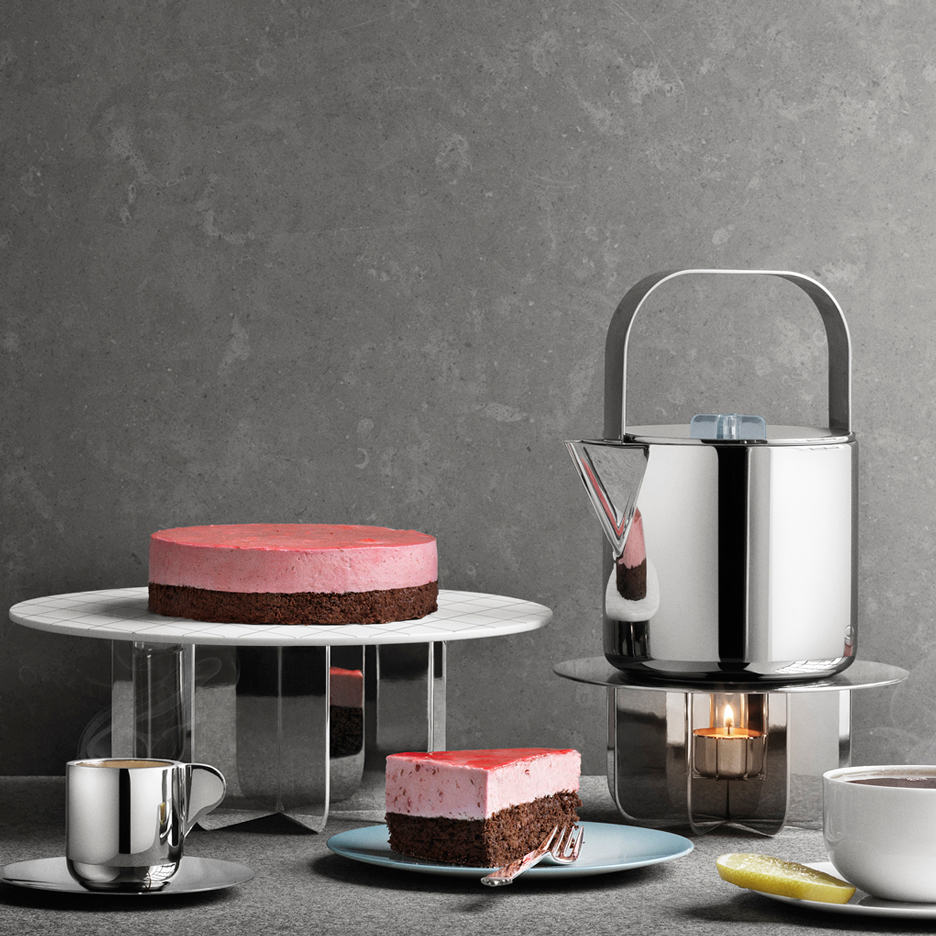
Another aspect of the company's development is a renewed focus on a younger group of consumers.
"Passion for iconic design is not dictated by age, and in my time at Georg Jensen, I've seen that a lot of young people love the brand, and so I want to make it more accessible for them," said Chu.
This has prompted the move of Georg Jensen's flagship London store from Bond Street to Mount Street. The area, which dates back to the 1700s, underwent extensive improvement works in 2010 by property company Grosvenor, which included refurbishing the nearby Connaught Hotel.
Georg Jensen now shares the area with 47 other retail spaces, including fellow luxury brands Balenciaga, Celine, Lanvin and Solange Azagury-Patridge.
"I think Grosvenor did an incredible job repositioning this area and then getting only the right brands in here," said Chu.
"The not so-called super luxury brands, but brands that have relevancy on culture, on style, on design," he added. "It is really about maybe the little bit of the cool factor."
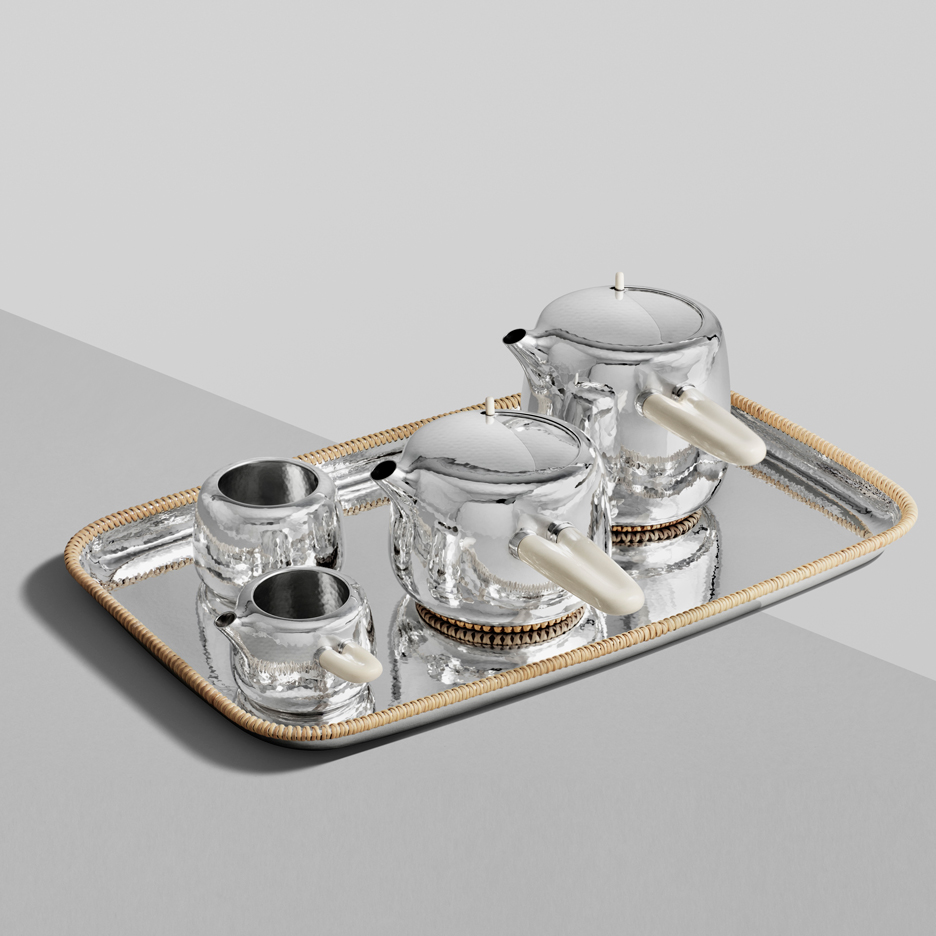
However while London is an important location for the brand – described by Chu as "the hub for international tourism" – he's also identified China as a potential new market.
"I believe the Chinese customer has a lot of respect for innovative design, and that our aesthetic will resonate with them," he said.
"China is an important market for any global company, and so it felt like the right time to showcase our full offerings."
"Historically, Beijing has been a design capital, which made it the perfect place to introduce our brand. Recently, there has been a lot of design news and momentum in Beijing, and it felt right to enter now," he added.
The company's first steps into the country included the opening of the Georg Jensen Hus in Beijing on 3 November – a concept store intended to introduce both Nordic design and food to the city.
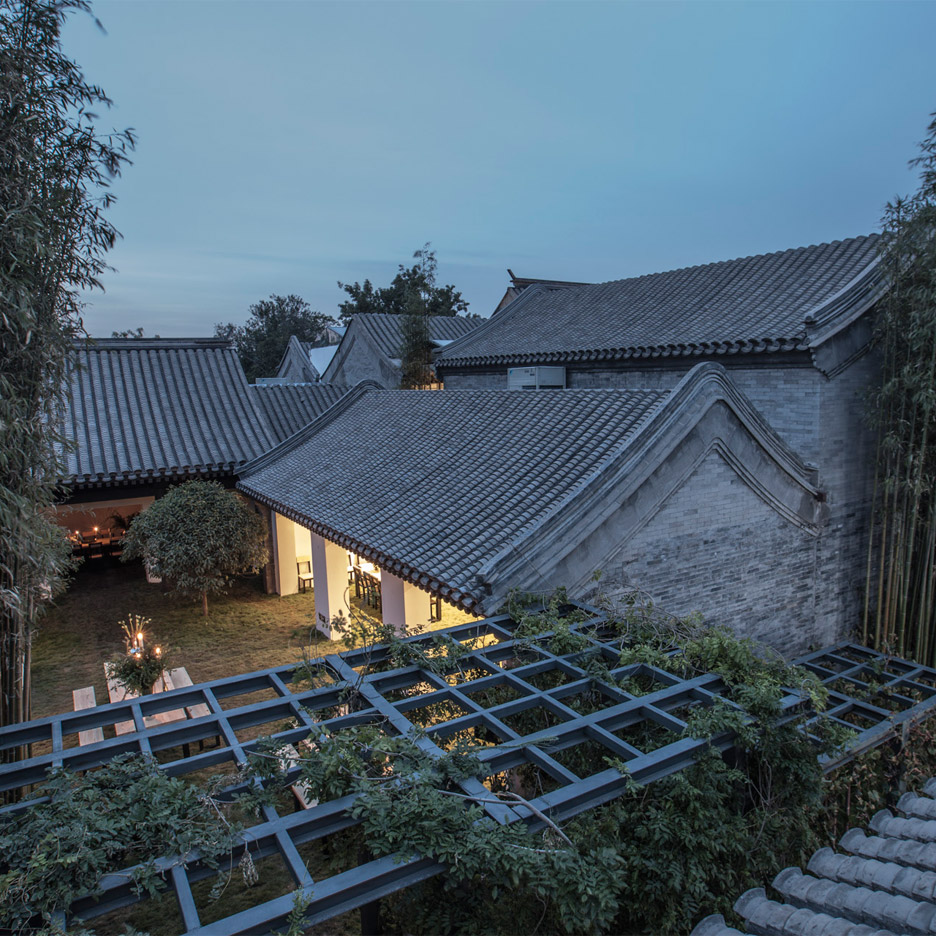
Occupying a traditional courtyard house in Beijing's Houhai neighbourhood, the two-story store has product showrooms as well as a courtyard space, garden and a restaurant serving Nordic cuisine.
"It's between their design concept and their food concept," said Chu "It's a way to recreate that Danish lifestyle design. So I said hey we should do a concept with a cafe so people can come and enjoy that little bit of Copenhagen lifestyle, and also see our design."
Chu has also introduced new jewellery and watch collections, adding gold and precious stones to existing Jensen products, and updating homeware pieces from the archive.
"My goal is finding the right combination to continue that tradition, and making sure that we do. Looking back, I always say to my team fast forward 100 years and looking back, what did these guys do in 2010 or 2015?"